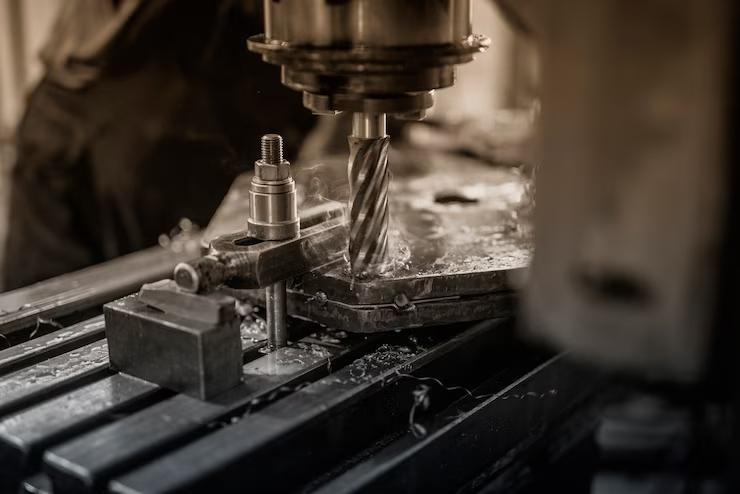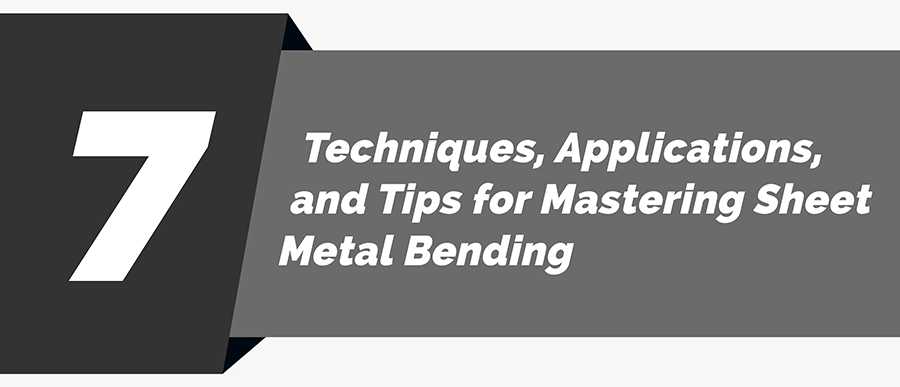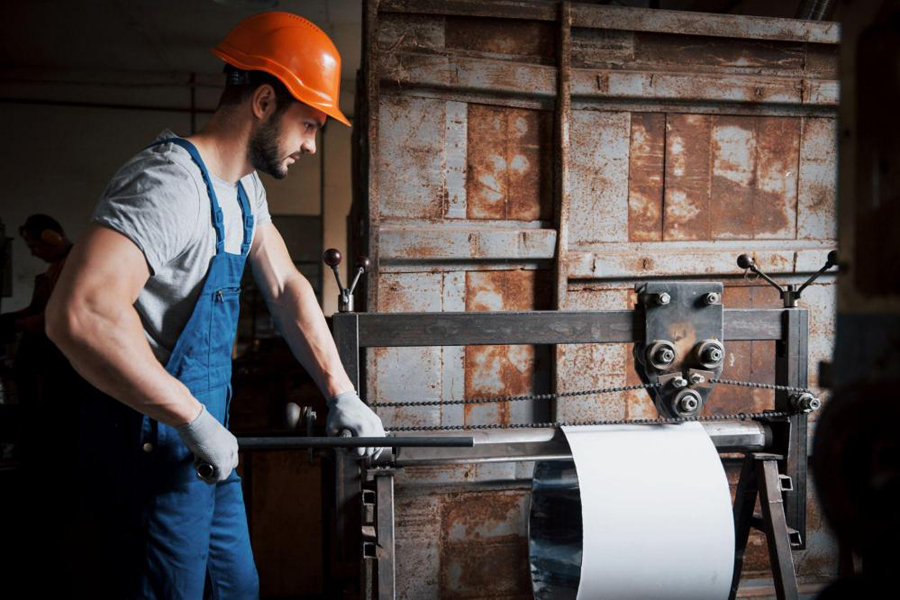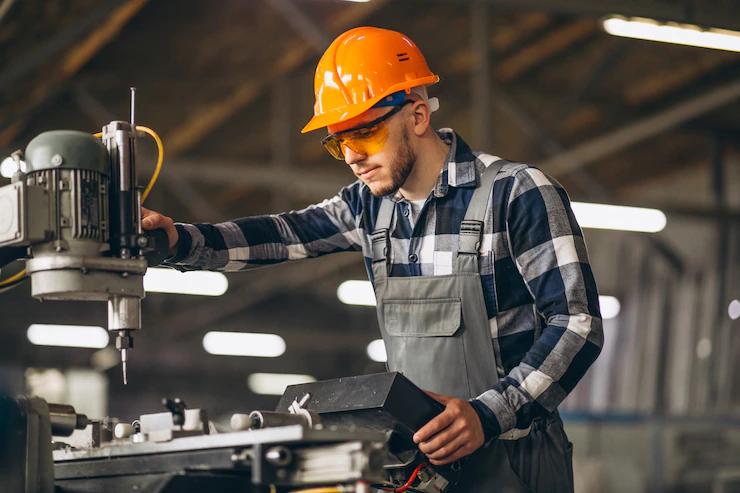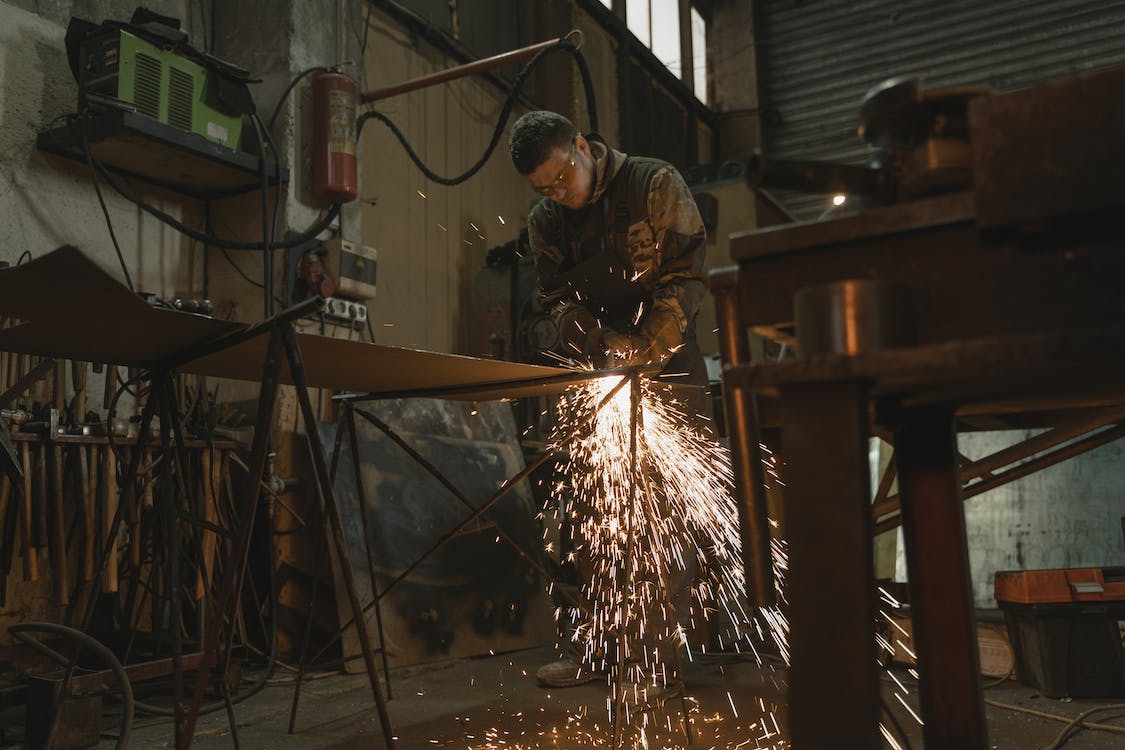Machining,
Sheet Metal and Castings
Machining
Embarking on the journey to find the perfect CNC machining procedure is like diving into the intricate world of metals, each with its own story to tell. Brass, often hailed as machinable, is far from a cookie-cutter solution. Let’s unravel the fascinating tapestry of brass to unveil whether CNC machining for brass parts is the vibrant avenue your project deserves.
Picture brass as a versatile maestro, lending its brilliance to diverse applications—from the rhythmic flow of valves and hinges to the precision dance of plumbing, the tactile grace of knobs, the electronic symphony of components, and even the life-saving choreography in certain medical components. Yet, be wary; its composition introduces a few notes of caution that might not harmonize with your project’s melody. Before committing to brass, let’s orchestrate a careful harmony of its virtues and vices. Now, let’s revel in the virtuosity of CNC brass parts. Brass, an ensemble of copper and zinc, harmonizes with a medley of metals like silicon, tin, lead, aluminum, and iron, producing a unique resonance. Its machinability takes center stage, a swift dance compared to the rigid beats of steel or titanium, courtesy of its soft metal core.
Brass alloys, donning tin capes, boast corrosion resistance, a superhero attribute vital for battles in marine environments. Yet, the ensemble offers different levels of this superpower, inviting a thoughtful consideration in your symphony of decision-making.Behold the marvel of CNC-machined brass parts, emerging from the stage ready for their grand performance, no encore needed. The material’s versatility extends to a myriad of surface finishes and textures, ready to take on the spotlight of your project’s specific demands.Durability becomes the anthem; easily machinable, yet robust, brass stands resilient, outshining the endurance of its metallic peers like copper or aluminum in the face of demanding conditions. Precision is the crescendo, and brass delivers, allowing the tight tolerances necessary for intricate parts. It excels in the delicate art of maintaining seals in fittings, a virtuoso touch for applications demanding not just precision but unwavering reliability.
Armed with an understanding of brass’s sonnets, the highs, the lows, and your project’s unique crescendo, you stand ready for the grand finale of decision-making. While CNC-machined brass parts have a repertoire of diverse applications, let your project’s unique melody guide the orchestra to the perfect harmony.
Metal Sheet
Sheet metal bending, a cornerstone of fabrication, is an artful dance where pressure transforms metal sheets into intricate forms. This transformative process goes beyond a mere manufacturing step; it’s a symphony of creativity and precision that shapes diverse items with a touch of magic.
At its core, sheet metal bending involves strategically applying force to alter the sheet’s shape, a crucial step in achieving the exact form needed for manufacturing. What sets it apart is the material’s remarkable consistency—despite bending, key dimensions like length and thickness remain steadfast. This attribute allows the material’s malleability to shine, making it versatile for various shaping processes.
Delving into the intricacies of sheet metal bending reveals the real magic. It’s a careful dance, coaxing the material into new shapes while preserving its structural integrity. This demands a profound understanding of how the metal behaves under stress, allowing craftsmen to finesse their approach and create precise, complex forms.
Sheet metal bending finds its fingerprints across industries, leaving an indelible mark on components vital for progress. In the automotive realm, it’s the key player in shaping panels and brackets. In aerospace, it becomes the go-to technique for crafting elements with the ideal balance of strength and weight. Architects and the electronics industry embrace sheet metal bending for avant-garde designs and robust enclosures, respectively.
Beyond Technicalities:
Beyond the technical realm, sheet metal bending emerges as an art form where craftsmanship and engineering converge. It’s a transformative journey turning flat sheets into intricate 3D structures. Precision becomes the guiding force—a kind of metal origami where every fold and crease is intentional, seamlessly blending aesthetics with functionality.
In a nutshell, sheet metal bending isn’t just about shaping metal; it’s a transformative process where external forces and material properties harmonize. This alchemy morphs flat sheets into vital components across industries. The significance lies not just in technical prowess but in the fusion of skill and creativity, making sheet metal bending a true art within the world of fabrication.
Casting
Metal casting, a venerable manufacturing process with a history dating back 6,000 years, is a captivating journey into the world of shaping molten metal into intricate forms. In this comprehensive guide, we will delve into the nuances of metal casting, exploring its types, advantages, disadvantages, and the intricate steps that bring raw materials to life.
Types of Metal Casting:
Metal casting can be broadly categorized into three groups based on the fundamental nature of the mold design:
Expendable Mould Casting:
Utilizes a temporary, non-reusable mold.
Commonly made with materials like sand, cement, and plaster.
Enables the casting of complex and sophisticated shapes.
Permanent Mould Casting:
Involves reusable molds after each production cycle.
Yields repeatable parts but is limited to simpler castings due to the necessity of mold opening.
Composite Mould Casting:
Combines both expendable and reusable casting molds.
Materials include sand, wood, graphite, and metal.
Considerations for Choosing Metal Casting:
Before choosing a metal casting method for a given engineering product design, several factors should be considered:
Part shape and size
Required quantity
Required tolerance
Material
Advantages of Metal Casting:
Metal casting stands out as a net-shape manufacturing technology with several advantages:
Ability to produce complex shapes.
Ease in casting features like internal cavities or hollow sections.
Production of significant components in a one-piece cast.
Cost-effectiveness for medium to large quantities compared to other manufacturing processes.
Disadvantages of Metal Casting:
Despite its merits, metal casting has its limitations:
Relatively coarse surface finish, requiring wider tolerances.
Size and pattern limitations, especially in methods like shell molding.
Time-consuming and expensive patterns, although additive manufacturing processes are making strides in addressing this.
How Metal Casting Works:
The metal casting process involves essential elements, including:
The mold: A hollow cavity of the desired cast part shape.
Gating system: The path through which molten metal flows into the cavity.
Riser: A reservoir compensating for shrinkage during cooling.
Steps in Metal Casting:
Patternmaking:
Creation of a replica of the part using materials like wood, metal, plastic, or plaster.
Mould Making:
A multi-step process using patterns and cores to create a mold. Techniques vary based on the type of metal casting.
Metal Melting & Pouring:
Melting of metal and pouring it into the mold cavity, allowing it to solidify.
Post-Processing:
Removal of the cast metal object from the mold and final cleaning and finishing.
Material Suitability:
While almost any metal can be used in casting, common choices include iron, steel, aluminum, magnesium, and copper-based alloys such as bronze. The selection depends on the specific requirements of the project.
Metal Casting Service:
For those seeking reliable metal casting services, Pangea Technologies offers a proven process for producing high-quality metal parts and components. With a focus on efficiency and cost-effectiveness, Pangea is a trusted partner for a variety of industries.
Based on the metal or metal alloys you are working with, the CNC machining procedure for a product can vary significantly. In …
The rise in demand for custom-made products has sparked research into the versatility of sheet metal as a material. This material can …
Sheet metal is a thin, flat metal used in various fabrication and construction projects. It can be made from different metals, including …
CNC machine for brass parts is a computer numerical control (CNC) machine made for machining brass parts. CNC technology is a process …
One of the most important processes in sheet metal fabrication is sheet metal bending. The sheet metal bend process is a productive …
Brass is commonly used in different industries due to its various desirable properties as it is an alloy that contains zinc, copper …
In the year 2023, what will CNC machining look like? Will the combination of hardware and software continue to advance? Should we …
The numerous advantages of collaborating with the top plastic injection molding firm for part manufacture can be verified by businesses from various …
Parts that are constantly created and made to specifications are needed in manufacturing today. All of these call for the application of …

